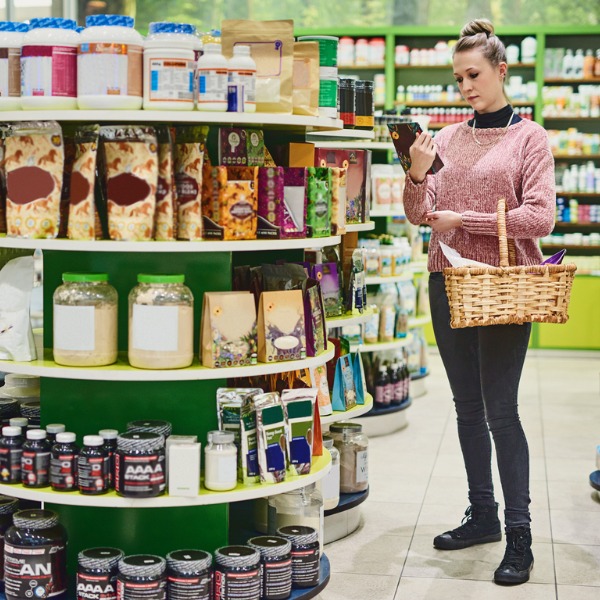When am I ever going to need chemistry?

Woman looking at a product label (Charday Penn, iStockphoto)

Woman looking at a product label (Charday Penn, iStockphoto)
How does this align with my curriculum?
Curriculum Alignment

Woman looking at a product label (Charday Penn, iStockphoto)

Woman looking at a product label (Charday Penn, iStockphoto)